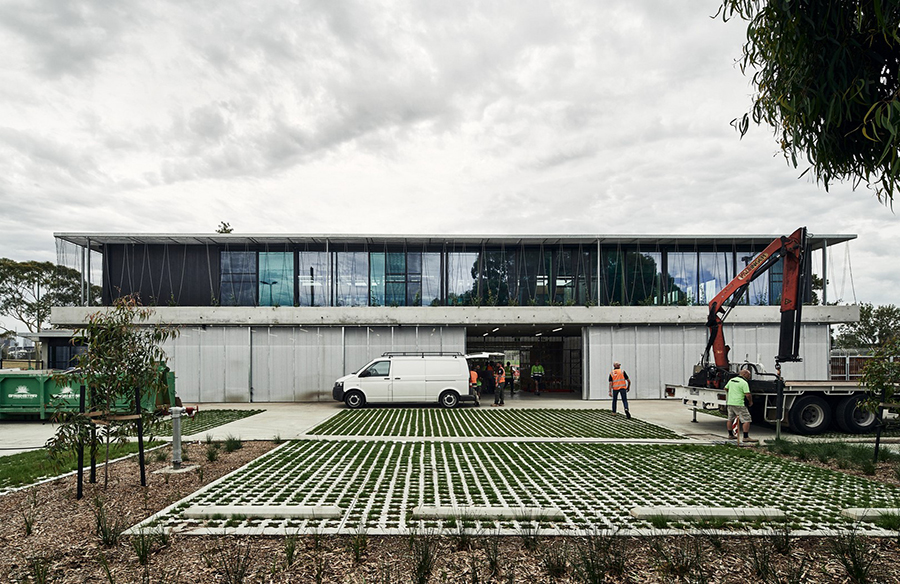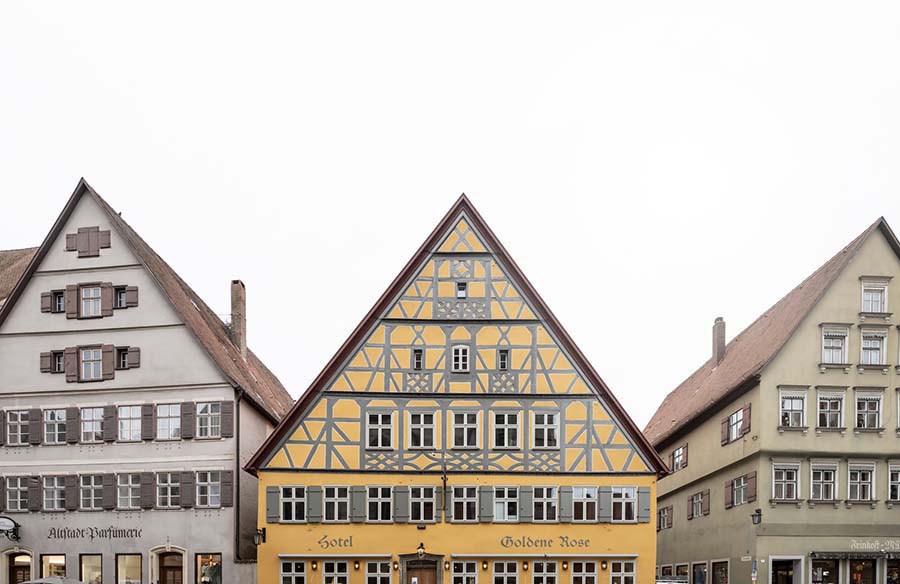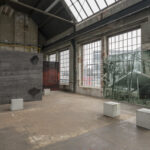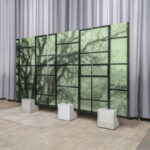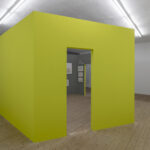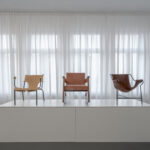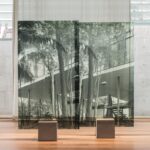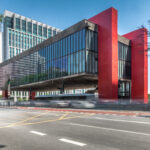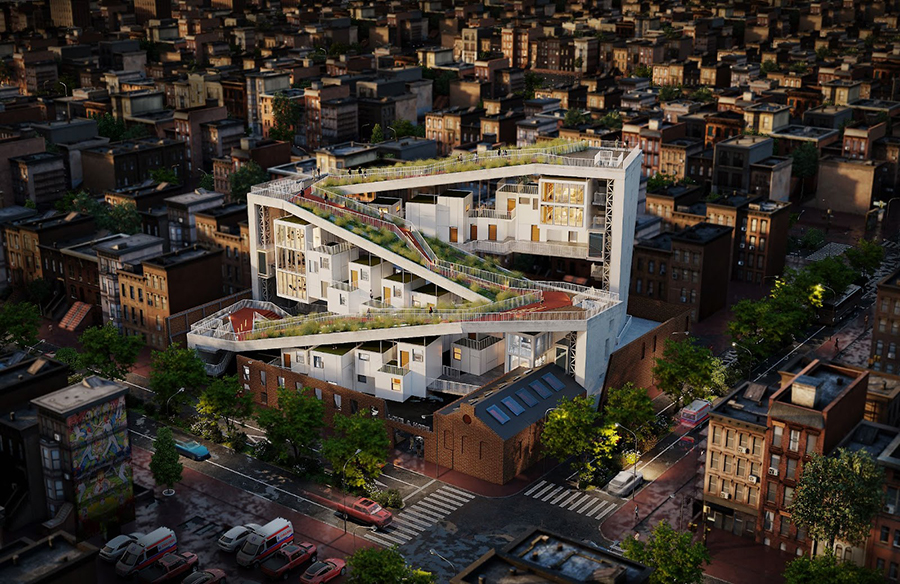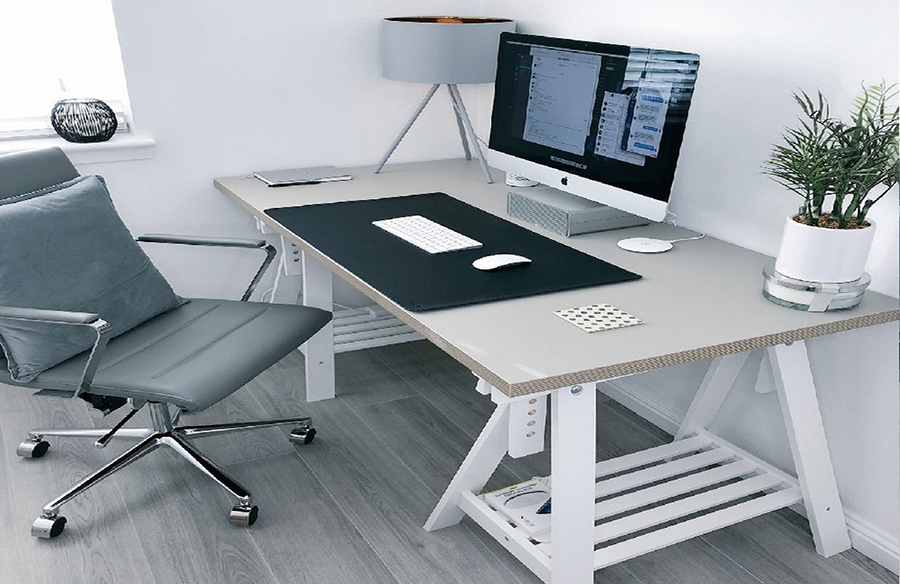Overcoming Gravity by Techne Sphere Leipzig
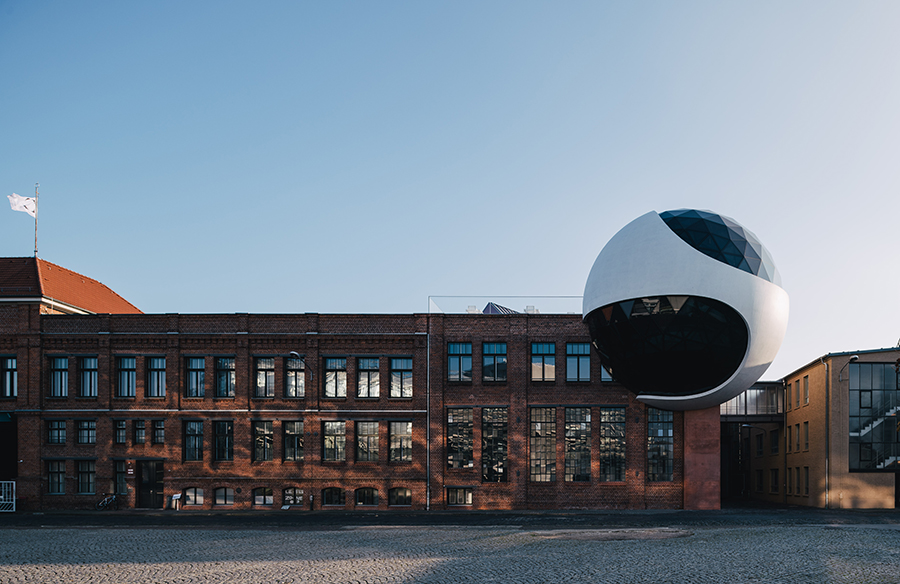
Entitled Overcoming Gravity, Techne Sphere Leipzig will exhibit, from November 9, 2024, original drawings by Italian-Brazilian architect Lina Bo Bardi, as well as glass objects and photographs by German artist Veronika Kellndorfer, which dialogue with Bo Bardi’s work. The exhibition is being sponsored by the Brazilian Embassy in Berlin and in partnership with the Lina Bo and P. M. Bardi Institute of São Paulo and the Tchoban Foundation, Museum of Architectural Drawing in Berlin.
Project Name: Overcoming Gravity
Studio Name: Techne Sphere Leipzig
Photography: Veronika Kellndorfer
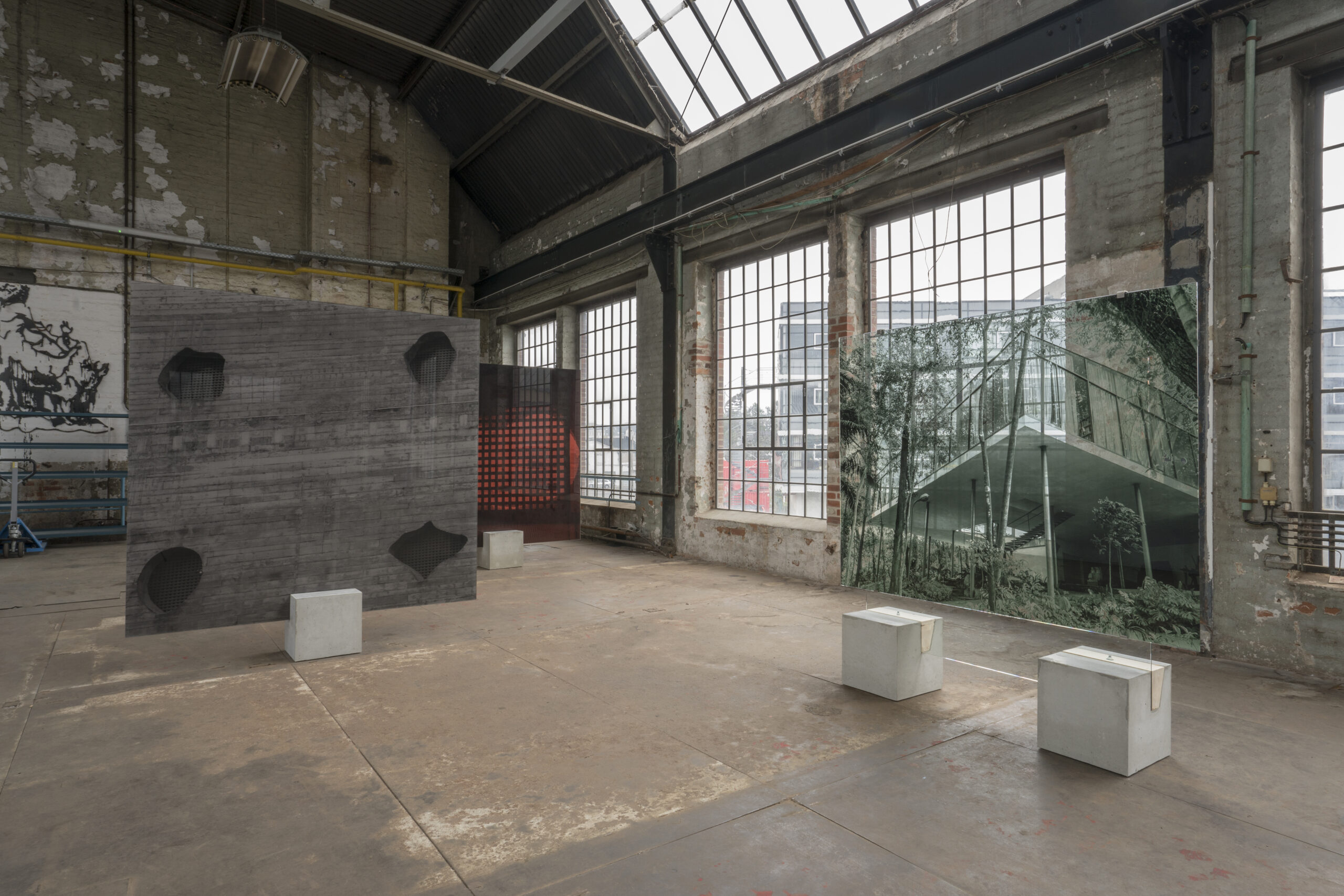
Forty original drawings by Lina Bo Bardi are on display, highlighting her unique approach and creative process. The exhibition includes sketches of six of her most iconic works in Brazil: Casa de Vidro, Solar do Unhão, MASP, Museu de Arte de São Paulo, Teatro Oficina, SESC Pompeia and Casa do Benin. Bo Bardi’s works reveal her preference for glass and concrete, part of Brazilian architectural modernism. The drawings, mainly in color, demonstrate her poetic and accessible vision in creating architecture as total works of art. On the mezzanine of the exhibition space, Veronika Kellndorfer presents silkscreens on reflective glass, the result of her photographic research on Lina Bo Bardi. The large-format pieces are displayed independently in the space, creating overlaps between organic and architectural forms, work and environment, and reflection and transparency.

The exhibition reflects the effect of lightness present in the architecture of Lina Bo Bardi and the works of Veronika Kellndorfer, with an ideal dialogue with Oscar Niemeyer’s Sphere, encouraging the public to explore the lightness of forms in space, architecture, and the visual arts.
Lina Bo Bardi’s innovative vision is also reflected in the furniture pieces she designed, which are characterized by elegance and functionality. Three of her iconic chairs—Bolas de Latão, Tripé, and the rocking chair—were reissued with authorization from the Bardi Institute and produced by the Brazilian company ETEL Design, complementing the exhibition.

Lina Bo Bardi (1914–1992), born Achillina di Enrico Bo in Rome, emigrated to Brazil in 1946 with her husband, Pietro Maria Bardi. The height of her recognition came in 2021 when she was posthumously honored with the Golden Lion by the Venice Architecture Biennale in celebration of her work. In 2024, at the 60th International Venice Biennale, her works were also exhibited. Lina Bo Bardi saw architecture as a complete work of art, an expression that appears in her drawings in a poetic, playful, and natural way. In her architecture, she created a fusion between structure and lightness; her iconic buildings, such as the Glass House, the São Paulo Museum of Art (MASP), and SESC Pompeia, seem to float in space despite their imposing structures. By using open spaces, glass elements, and concrete structures, she created places that appear visually light despite their physical presence.
This way, Bo Bardi built a dialogue between the building and its surroundings, creating a continuous relationship between nature, people, and space. Her works are spaces of socialization designed to promote the social and cultural potential of architecture in society. An example of her radical and innovative approach to museum architecture and art presentation is the concrete supports and the crystal easels she designed for MASP, allowing for a free-flowing presentation of the paintings. As if floating in space, the works appear “suspended” — an effect that redefines the importance of the works of art and the viewer’s role.
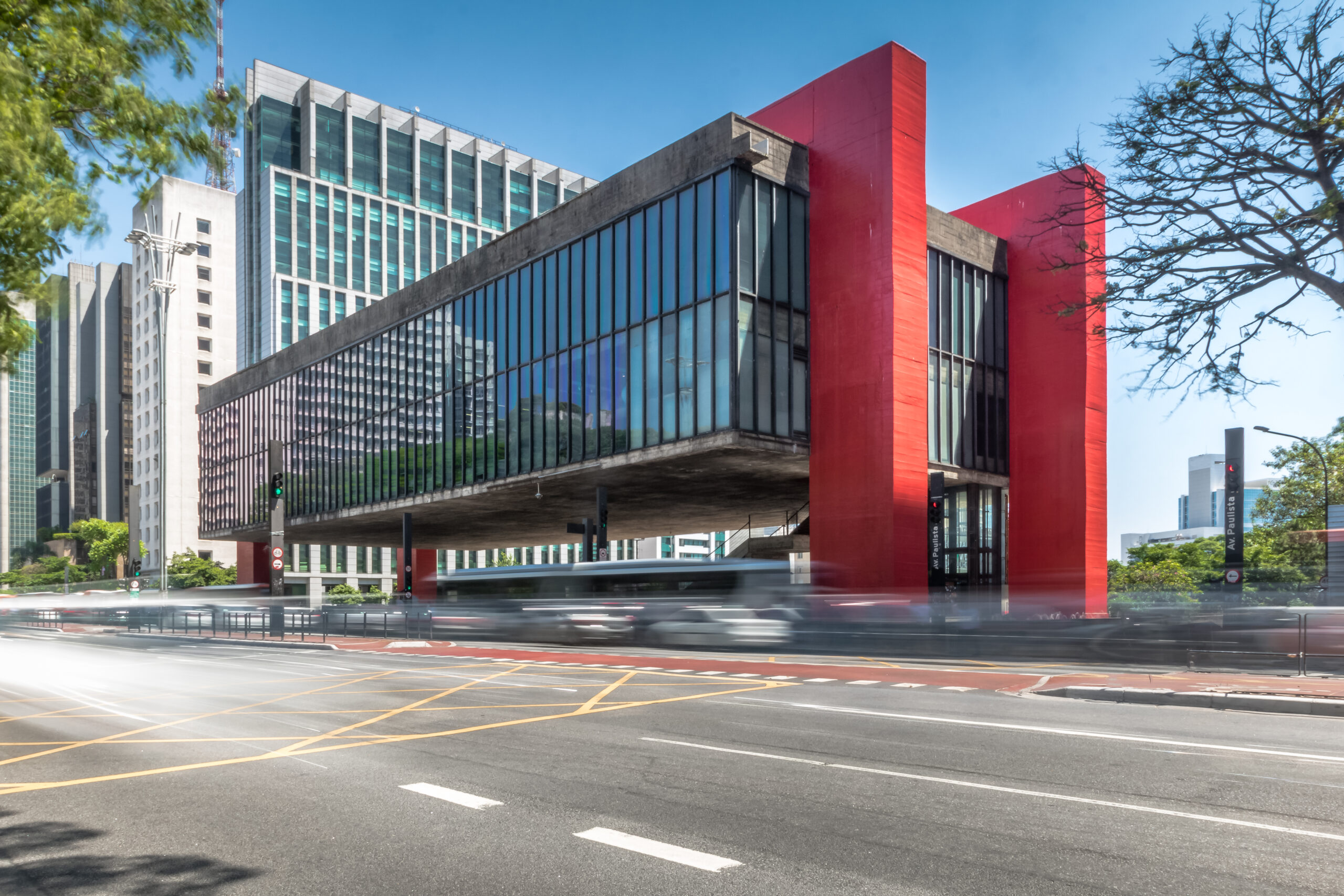
As a visual artist, Veronika Kellndorfer (*1962) has been exploring the cultural memory of Brazilian society through her architecture for over ten years. In her 2015 solo exhibition at Casa de Vidro, Kellndorfer positioned her glass works on Lina Bo Bardi’s concrete supports, creating a floating effect of the pieces in space. This presentation is reflected in the glass, interacting with the light and reflecting the environment, dissolving the line between reality and reflection.




